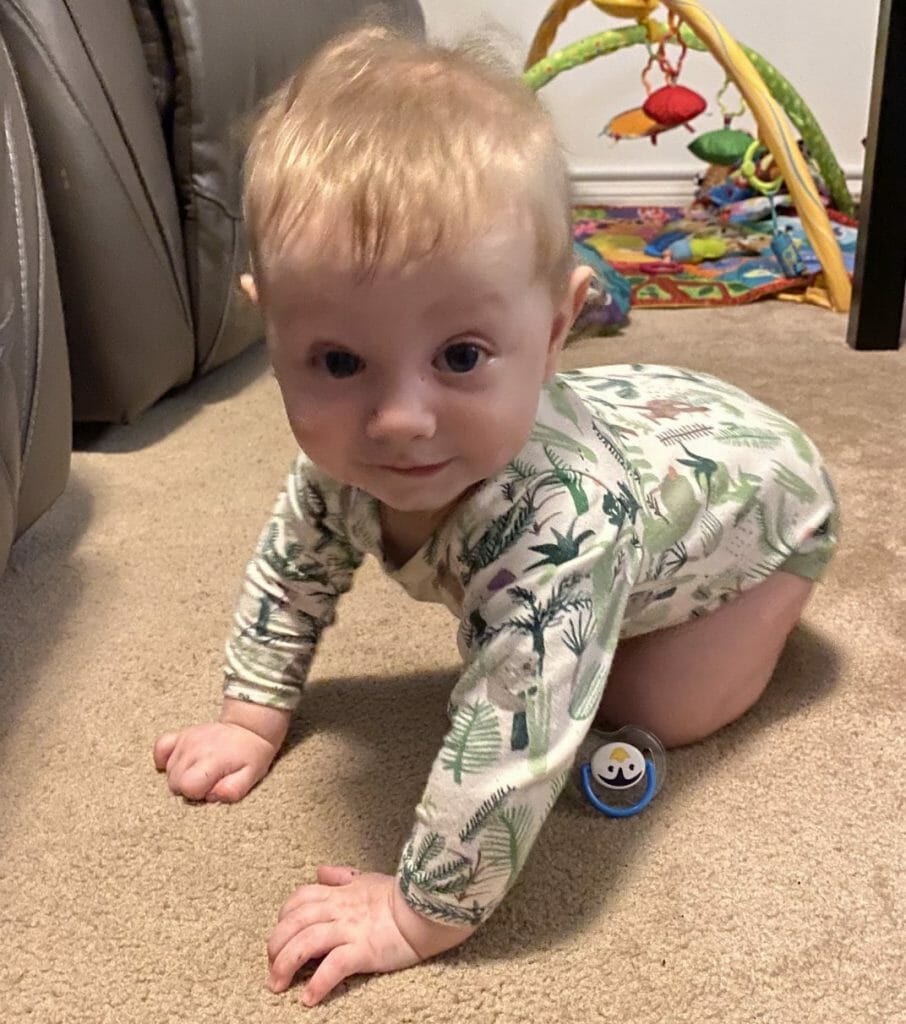
Coming Coming Coming Coming Coming Coming Coming Coming Coming

Transitional gross-motor milestones – part 2 Last week I discussed rolling, the first movement transition. Once your baby has mastered…

An important social and language/communication milestone Pointing is a fine motor skill that is used for early social and communication…

This blog discusses DSD, which may be an appropriate diagnosis for some children with difficulties attaining/performing motor skills.
Subscribe to receive updates on new blog posts:
Therapies For Kids acknowledges the Traditional Custodians of the land on which we live and work. We pay respect to Elders past, present and emerging.
Please type in your search query below: